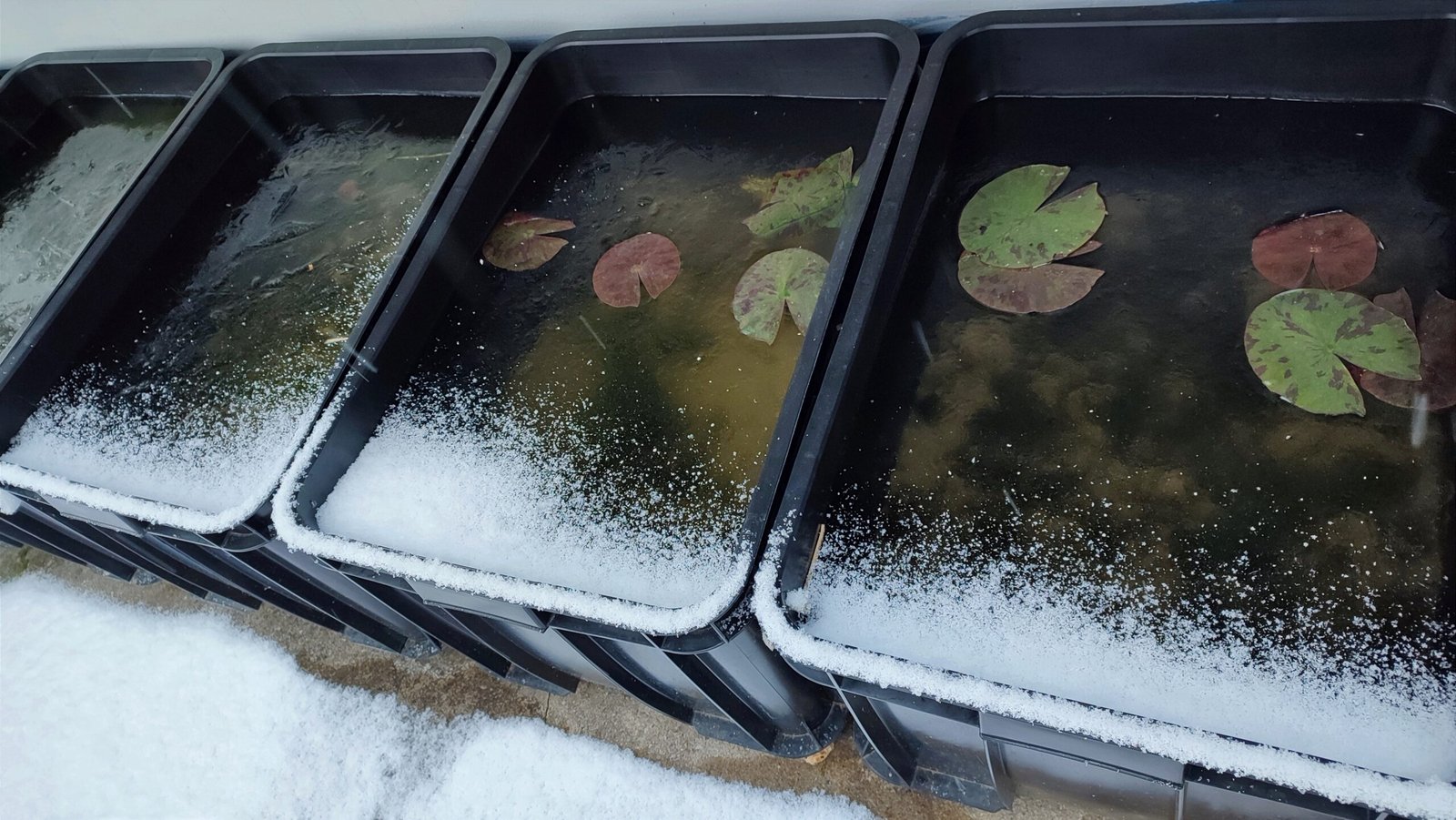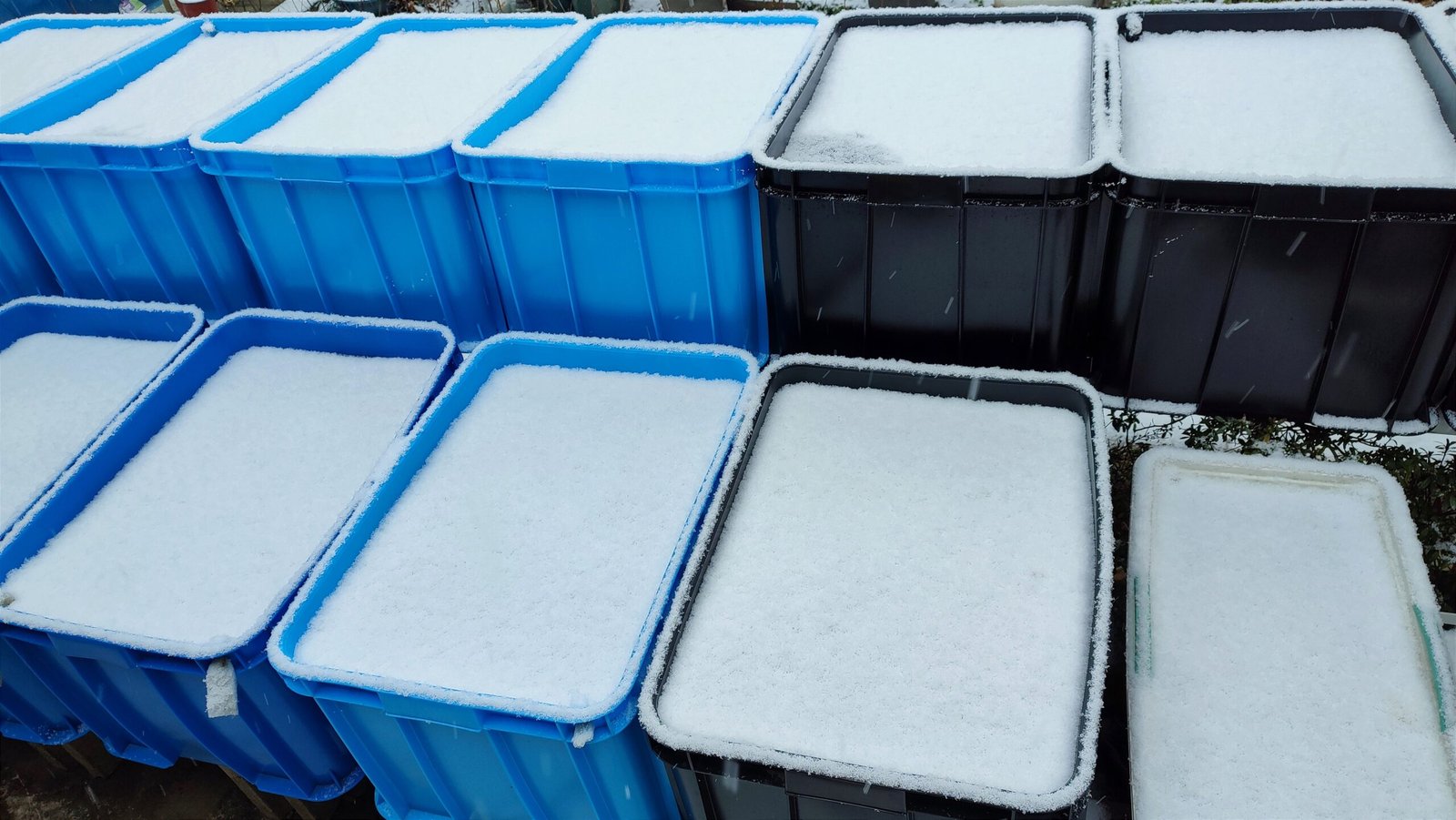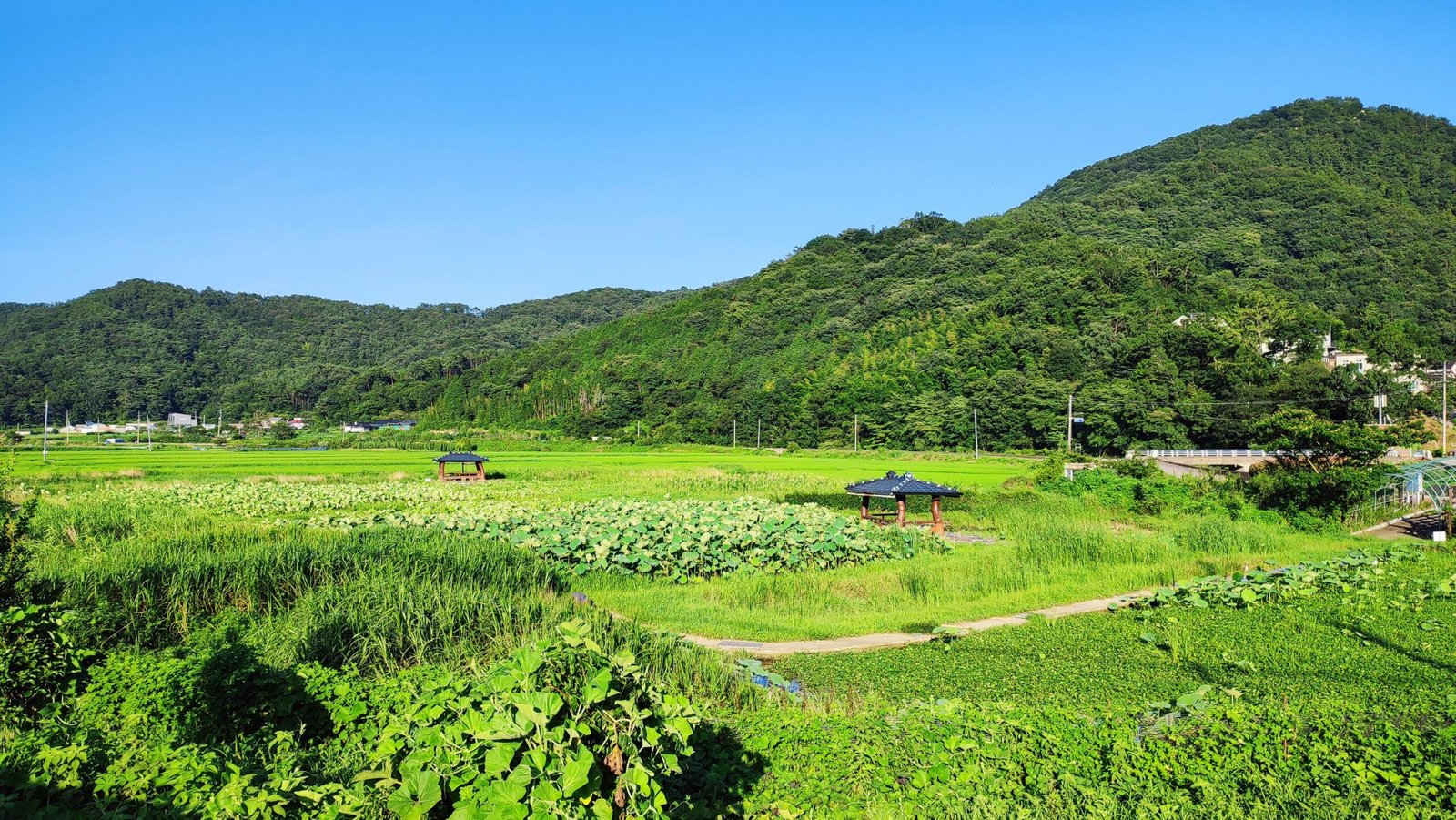No products in the cart.
Lifespan of Medaka
-
snrmedaka.us
- Posted on
- Categories:Medaka Guides & Tips
- 0 comments



Understanding the Lifespan of Medaka
Today’s topic is the lifespan of Medaka (Japanese rice fish). While the average lifespan of Medaka is often cited as 1–2 years, under optimal care conditions, they can live up to 3 years or even longer. Lifespan varies significantly depending on whether they are kept indoors or outdoors, and on the methods used by the keeper.
Indoor Keeping
Most Medaka keepers raise their fish indoors. Indoor environments typically maintain warmer temperatures throughout the year—even in winter—due to artificial heating. This has led to increased popularity of Medaka with ornamental traits like beautiful lateral lines, which are maintained under stable indoor conditions.
However, warmer indoor conditions disrupt Medaka’s natural seasonal rhythm. In nature, shorter daylight hours in autumn trigger hibernation behavior, including cessation of spawning. Without this rest period, indoor Medaka remain active year-round. They continue to swim, feed, and may even spawn through winter. While this allows for continuous breeding and faster generation turnover, it can lead to a shortened lifespan due to constant metabolic activity and stress.
Outdoor Keeping
Medaka kept outdoors experience all four seasons and adjust their biological rhythms accordingly. As temperatures drop in autumn, they gradually enter a hibernation state, resting under cold water and consuming minimal energy. They stop spawning and conserve energy, which contributes to a longer natural lifespan.
However, hibernation is not risk-free. Some Medaka may not survive the transition into winter. To increase survival, proper quarantine and winter preparation should be conducted in early autumn. This includes adjusting breeding container placement and minimizing stress before cold weather sets in.
Tips for Extending Medaka Lifespan
- Temperature Control: Avoid prolonged high water temperatures in summer.
- Winter Nutrition: During hibernation, medaka can go without food for up to three months. If the water does not freeze, you may optionally offer natural foods like water fleas, but feeding is not required.
- Seasonal Balance: Let Medaka experience natural light and temperature cycles when possible.
Today’s discussion is not solely about winter care or hibernation, but rather about the overall concept of Medaka lifespan and how it is influenced by the keeper’s approach. There is no single “right” method—what matters is being intentional and consistent in your care. By understanding the natural cycle of Medaka activity and rest, you can provide conditions that support a longer, healthier life.
The spawning season is here now! We wish all keepers a successful and rewarding breeding season. 🐟
#lifespanmedaka
📎 Related Guide: How to Hatch Medaka Eggs – Step-by-Step Guide
📚 Further Reading: Medaka Egg Hatching Time – How Long It Takes & Best Conditions
🎥 Winter Medaka Observation
Watch how our medaka behave during the cold season. This video was filmed during winter to show how medaka naturally rest and adapt.

